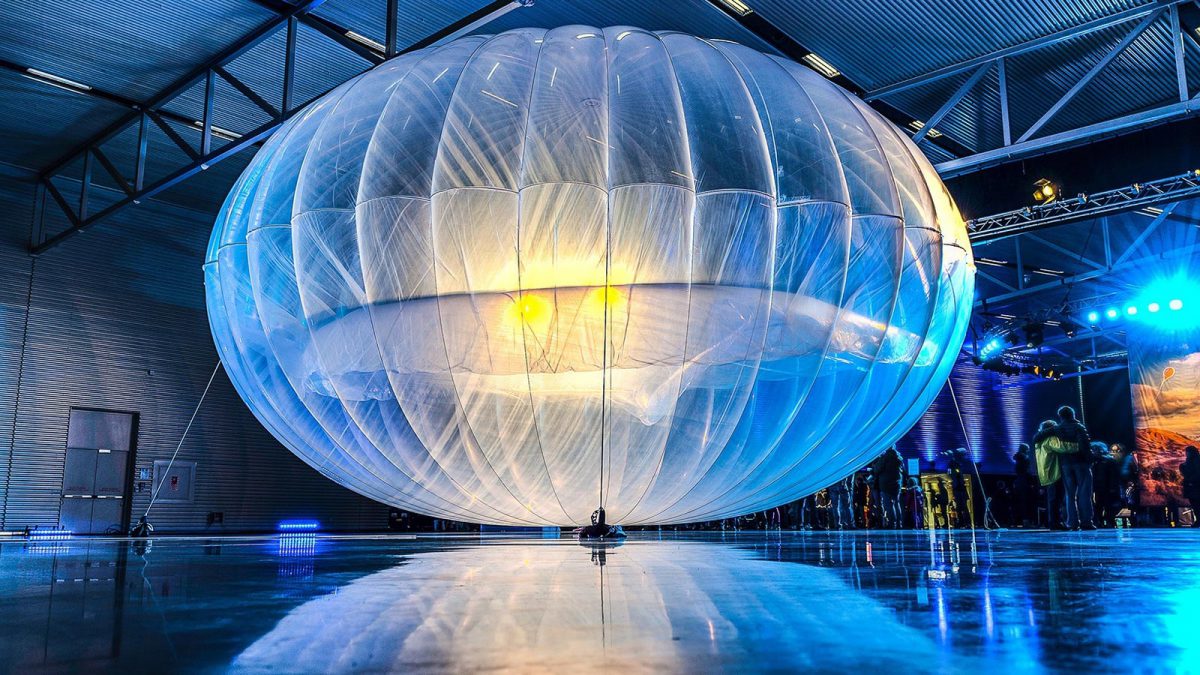Balloons Will Provide Internet To Kenya’s Most Inaccessible Regions


Technology is truly amazing. A few years ago, internet speeds in Kenya were laughable by today’s standards and wireless internet didn’t even exist yet. No one had dreamed of 4G LTE speeds, let alone being able to use the internet on your phone; you were lucky to even have it in the house. Now, cell phones and smart devices have gone from being a luxury to the point of being so ubiquitous that there are more mobile devices than people.
However, there are many Kenyans without internet access. Installing fiber networks or building cellular mast sites is expensive, and not particularly cost-effective for companies to do in some of Kenya’s most inaccessible areas. In a world that’s increasingly digitized, how can technology be leveraged to help these populations? The answer seems to come from Balloons.
Google’s sister-company Loon has announced its first commercial deal
Moreover, google’s sister-company Partnering with Telkom Kenya to deliver connectivity to the region. The firm’s antennae-dangling fleet will ride the wind high above parts of the African country. But experts have warned that the partnership could lead to a communications monopoly.
Originally known as Project Loon, the technology behind the internet balloons was developed under parent company Alphabet’s experimental division, X. Earlier this month, the business “graduated” to become a fully-fledged subsidiary in its own right: Loon. As part of its first commercial agreement, Loon wants to bring Internet access to some of Kenya’s most inaccessible regions. The specific terms of the deal are still not publicly available.
“We will work very hard with Loon, to deliver the first commercial mobile service, as quickly as possible, using Loon’s balloon-powered Internet in Africa,” said Aldo Mareuse, chief executive of Telkom.






